COVID-19 design changes aren’t about patchwork or health-conscious design tweaks. It’s a chance to rethink everything, and to take the ‘work’ out of the workplace.
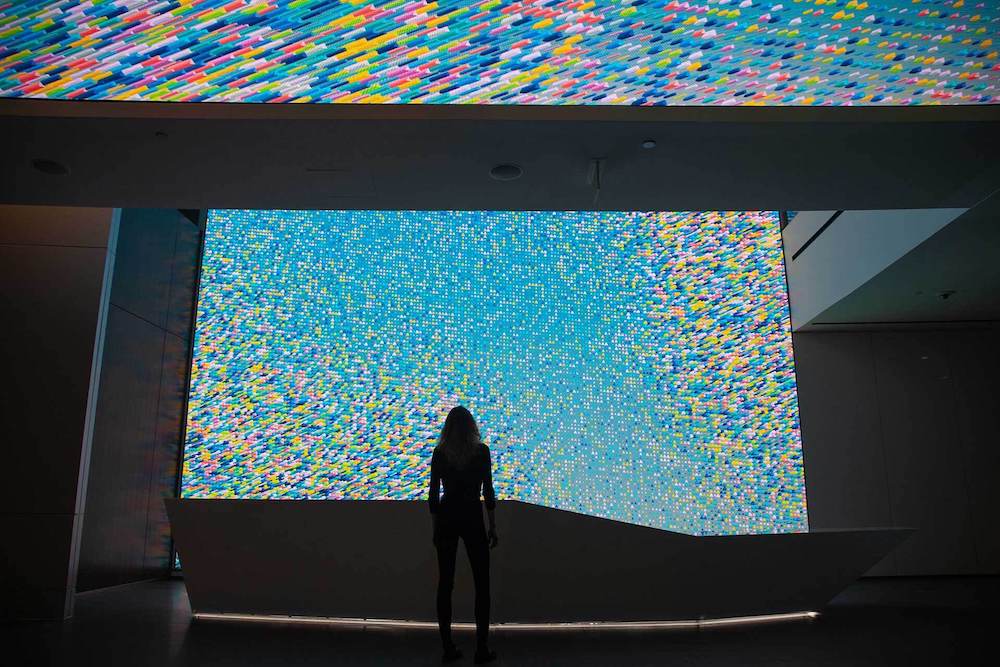
Workplaces often exist at the crossroads of architecture and technology, which is what has always made them an exciting design challenge. As experience designers, we constantly think about the physical-digital intersection – a lessening divide as human behavior melds with new types of technology in and out of the workplace. So, the massive, sudden shift in behaviors and technological demands created by the pandemic are having unimaginable effects on our collective vision for the post-COVID workplace of the future at just about every scale. With businesses demonstrating an enormous hunger for immediate solutions to navigate the new normal, how is workplace design to respond?
For the leading tech companies of the world, the answer seems deceiving. In the media, pronouncements that Big Tech employees need not return to work for at least a year (Google, Facebook), or never (Twitter), suggest that technology employees who create digital products and services could also continue working in a purely digital environment indefinitely. However, this is not the case. If we look at the actual investment choices these companies are making for their future post-COVID workplaces, it’s clear that they continue to spend readily on major lease agreements, and are anchored by their belief in the value of employees operating IRL. While they continue to sign deals, will these spaces function in the same way they did prior to the pandemic? Likely not. And without investing in substantive experience design strategy, they risk rebuilding a workplace of the future that looks a lot like the past, only more “spaced out.” So, what’s a more interesting and audacious future vision?
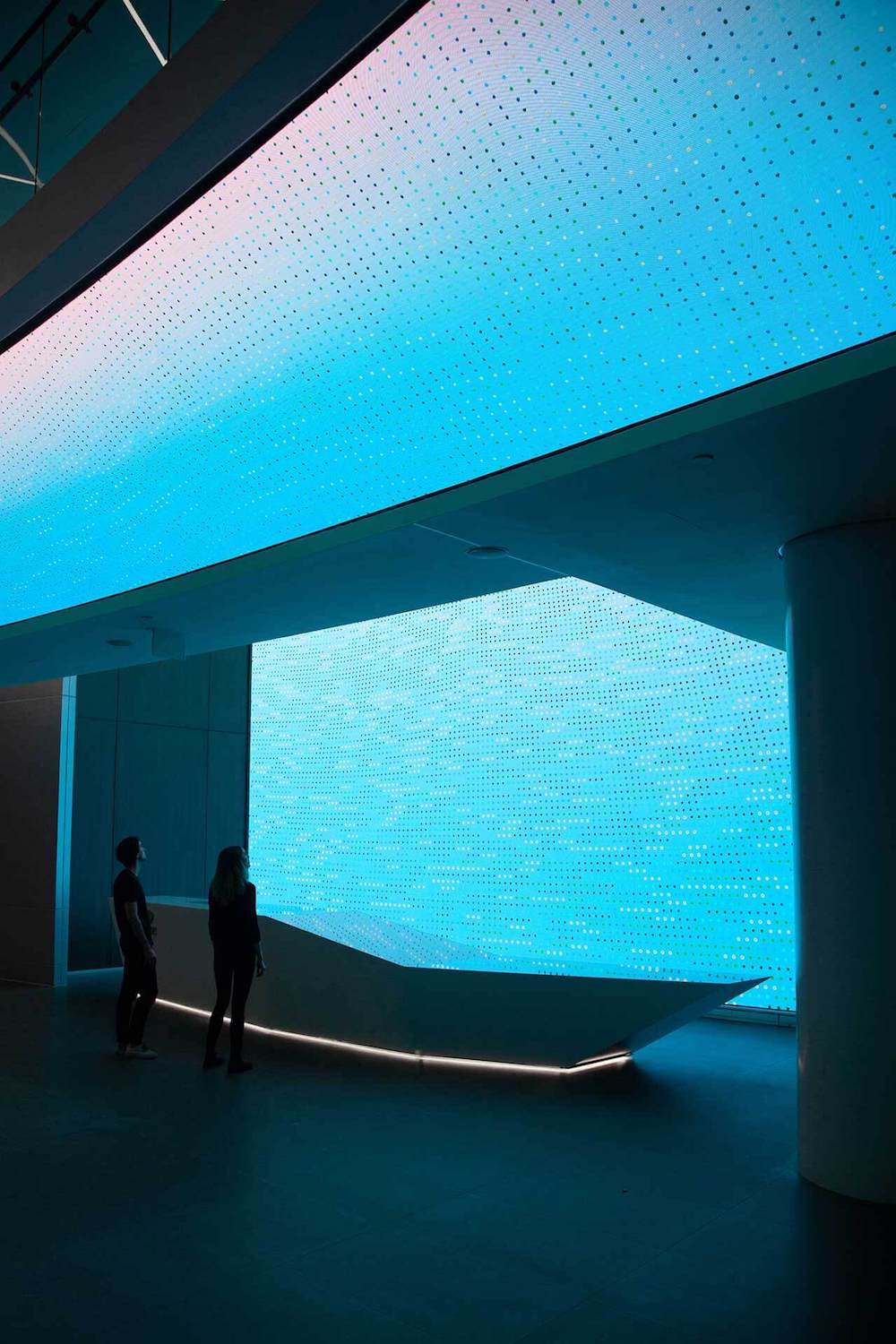
By now, you’ve likely been inundated by the standards: obvious design interventions like touchless tech, controlled circulation, increased space per employee, teams operating on shifts, and a whole lot of hand sanitizer. Those are all red herrings, distractions from the true experience design opportunities at hand. The real potential is much bigger and has much longer long-term potential impact for businesses and the employee experience. For example, what will it take to design a truly parallel physical-digital information ecosystem that seamlessly bridges the experiential gap between employees working from home and those in the physical workplace? Who will design the standards for the new digital interfaces and design languages of IRL technology integrated into our daily places of work? Most importantly, how can we design workplace experiences that are so compelling, that offer such a premium experience environment that employees actually seek out the workplace as a speciality destination?
The issues driving change in the post-COVID workplace don’t demand incremental change. To do so would be to miss a tremendous opportunity. We have to rethink everything now, creating experiences that provide the rationale for a workplace that replaces functional activities (which are easy to replicate at home) with qualitative, interactive, multi-sensory experiences that put collaboration and culture at the center.
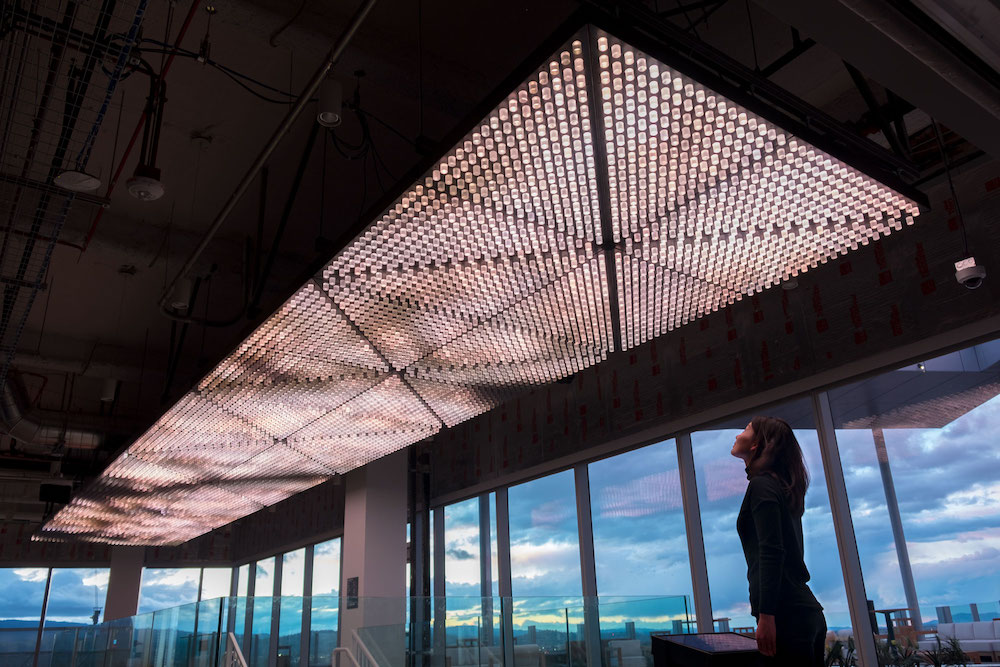
Not adaptation, but revolution
Before COVID, workplaces were designed primarily around their functional program – desks, conference rooms and kitchens that served basic office and employee needs. However, more than six months of virtual work across organizations has proven that the functional activities of the workplace are rather easily transposed to the home or third places of convenience. In countless workplace surveys created by organizations internally, or third party research firms, it’s clear that many employees see the functional and efficiency benefits of working from home provided they have reliable technology systems. Conversely, they consistently note missing the qualitative aspects of work – community, culture, inspiration, collaboration, teamwork, impromptu conversation, and leadership vision. This is where the true opportunity exists. With fewer employees demanding a return to the office full time, the need for a purely functional post-COVID workplace program will decrease, opening the potential for a whole host of important, qualitative experience space to fill the void.
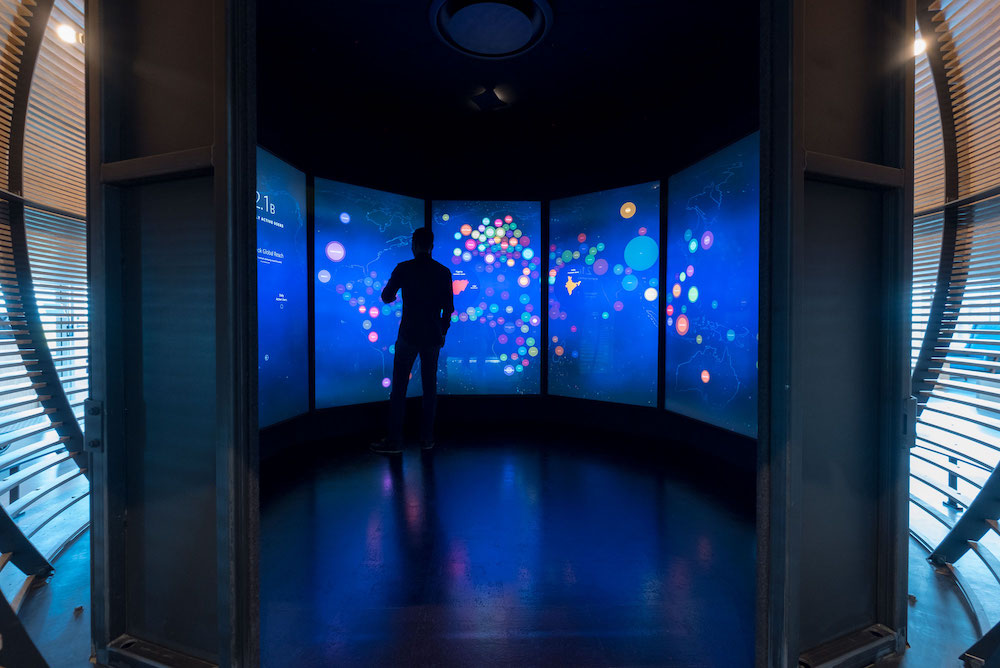
With this shift in mindset away from functional programs, the new post-COVID workplace can transform itself into an experiential meeting place that helps employees, recruits, and guests understand a company’s culture more deeply and uniquely, and engage them in ways that are unlike anything they can possibly do virtually. After six months of this global experiment, “functional” work has become your laptop and a fast connection, wherever you are. Which liberates the physical workplace to become a special place where employees gather to find community, inspiration, unparalleled education, to celebrate their team’s achievements or to be reminded of the mission and purpose of their company. The physical workplace should be nearly completely designed to bolster an employee’s, partner’s, customer’s or recruit’s intimate connection to the organization’s culture. Never again should it simply provide a table to work at or a comfortable place to check email.

Bridge the amenities gap
In the past two decades, driven in large part by the Silicon Valley “work/play” paradigm and our broader culture’s focus on health and wellness, organizations have invested heavily in workplace amenities spaces and programs. Meditation rooms, yoga classes, quiet spaces, walking paths, gyms, on-campus parks, etc. have become a huge offering to support their existing hard working employees and to attract the best new ones. But the pandemic has made all of these amenities moot – in fact, many such as gyms, kitchens, and coffee bars present the most bio-risk to their employees. So how can designers help these organizations translate their latent on-campus amenities into a valuable brand-building, culture-affirming opportunity?
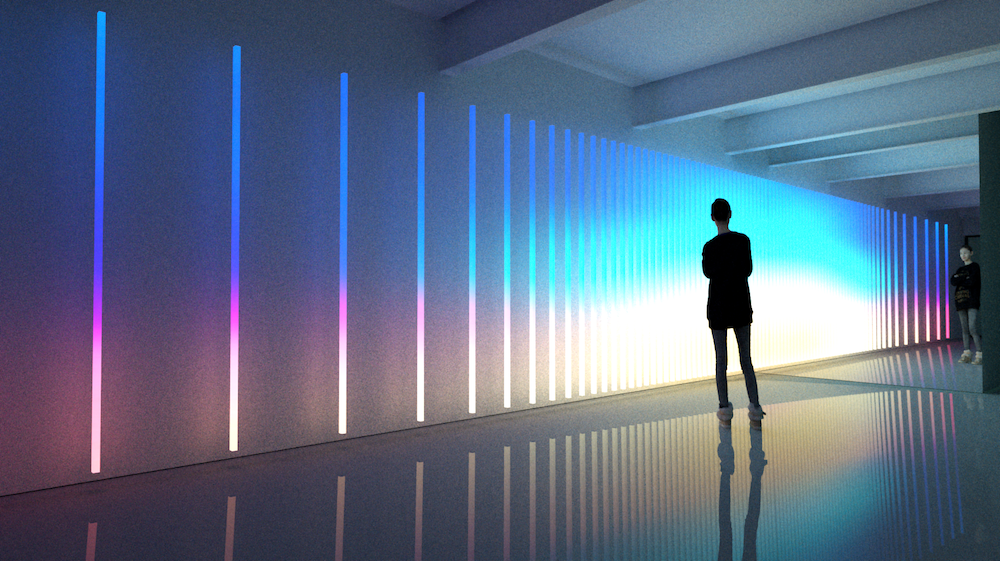
Companies must lean into the creation of new digital experiences, platforms, and campaigns that bridge the divide between on-campus amenities and their at-home parallel. If a company can create digital spaces for their employees and teams to connect around wellness, learning, and physical activity, they will successfully capture their employees’ attention and maintain their cultural offering within their own brand ecosystem. Organizations lost infinite amounts of cultural stickiness as their employees abandoned on-campus amenities in favor of 3rd party digital apps, social platforms, and educational resources. This is part of the huge opportunity for some companies to leverage the intent of their amenities programs, and keep employees engaged across the physical-digital workplace divide.
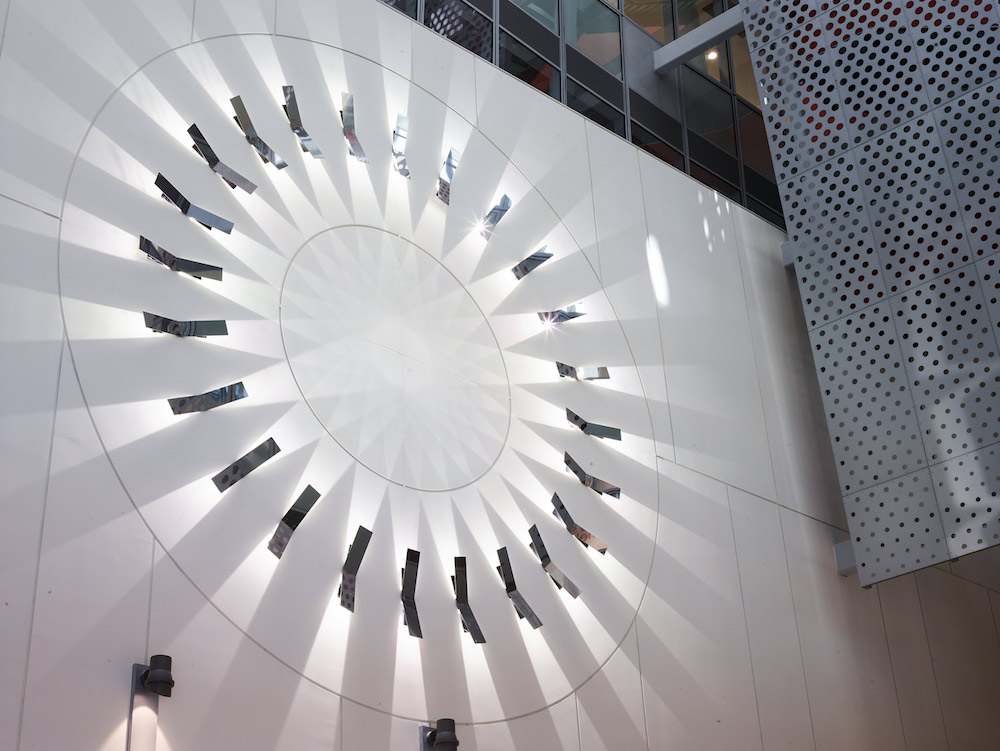
Functional systems, beautiful experiences
Part of the design intent of corporate workplaces is about being a beacon. It’s an attractor for talent, for investors, and for media attention. It’s the beating heart of any organization. As such, the post-COVID workplace must include design elements of attraction: architectural-scale, destination-worthy, visual and sonic experiences that telegraph the culture effectively.
Building systems and technical infrastructure offer an underutilized source of creativity for destination-worthy workplace experiences. This infrastructure is an increasingly important part of building engineering in general, and even more so in COVID times as large scale monitoring systems become more commonplace. At the scale of urban development, these systems are even more critical to capture everything from sustainability metrics to more bio-focused audience behaviors for the purposes of security, personal safety and health.
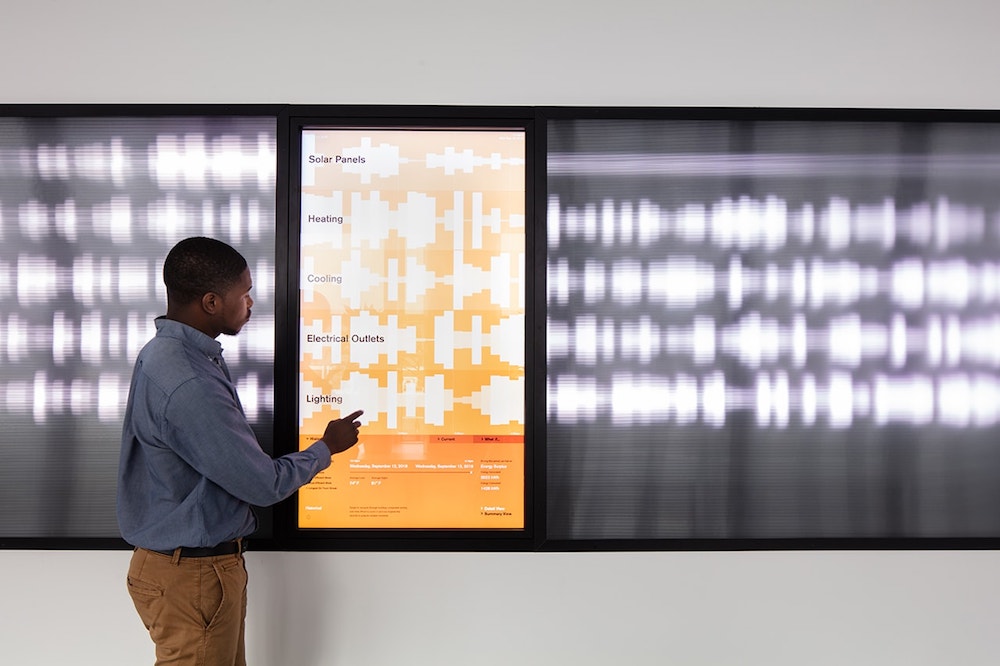
Our goal as designers should not be to replicate or build these systems from scratch. Instead, they are ingredients of information and data with which we can create experiences that make an organization’s campus a true, memorable attractor. Workplace experiences like the “Energy Dial” we created for biotech innovator United Therapeutics are ultimately about using engineering systems, data and design to express critical company values and communicate with employees and guests in broader ways. The experience at United Therapeutics uses a combination of interfaces, displays, and interactivity to broadcast messaging to encourage employees to exist in balance with the company’s bold sustainability mission. This creates a workplace environment that goes beyond desks and conference rooms, allowing the space to effortlessly align the actions of employees with the larger company mission.
While the future still seems uncertain, the future vision of the post-COVID workplace is actually taking shape. Let’s liberate ourselves from the paradigms of old and only near-sighted visions. Employees won’t return to work or workplace as usual, ever again. Organizations owe it to their employees to rethink the workplace experience, and lean into an audacious vision where “work” in its traditional form, doesn’t happen at the workplace at all. High-touch, experientially-driven spaces will become the new mainstage of the modern workplace. Programmed for talent amenities, recruitment, vision setting, and unparalleled creative interactions, the future of the workplace looks a whole lot different.

